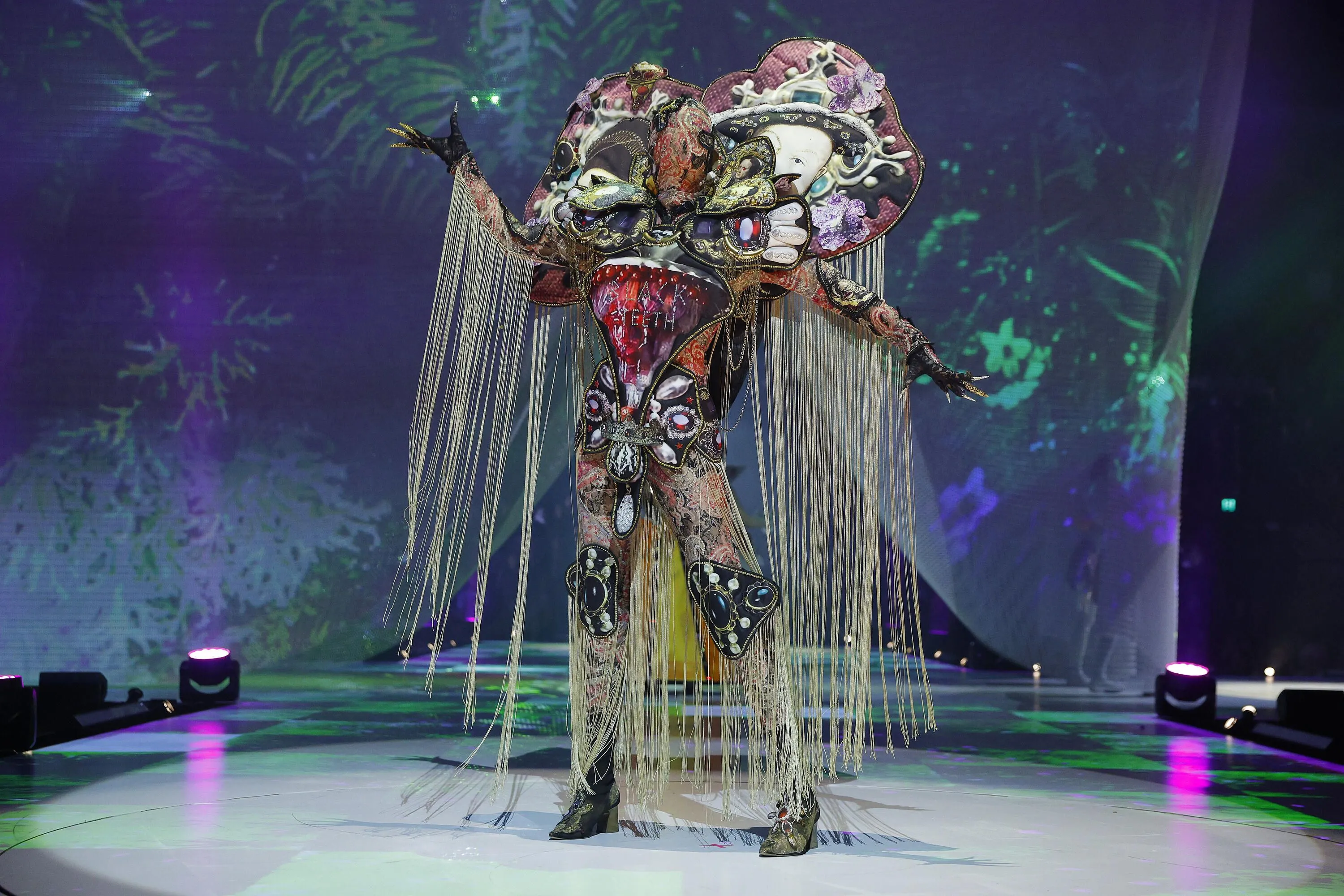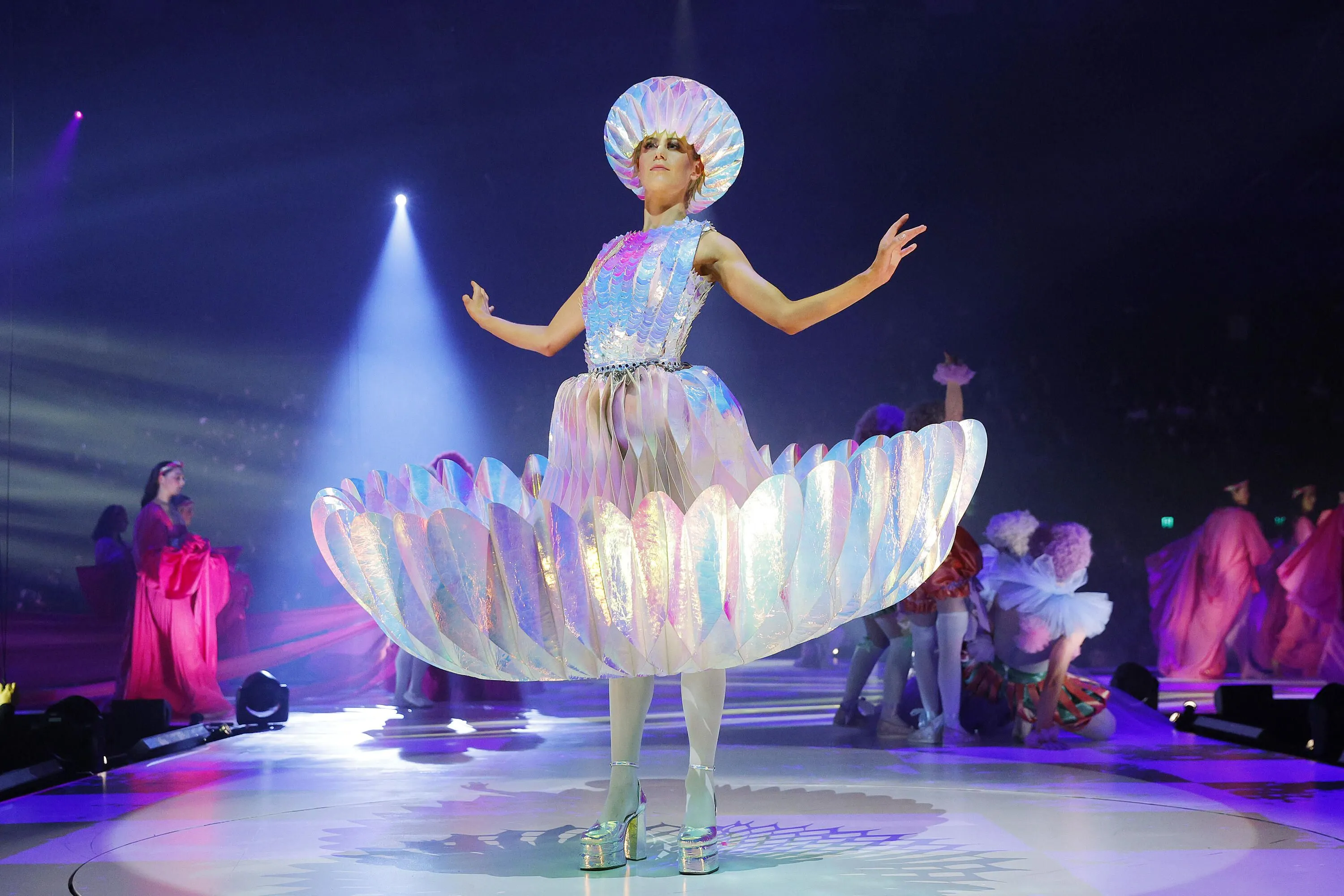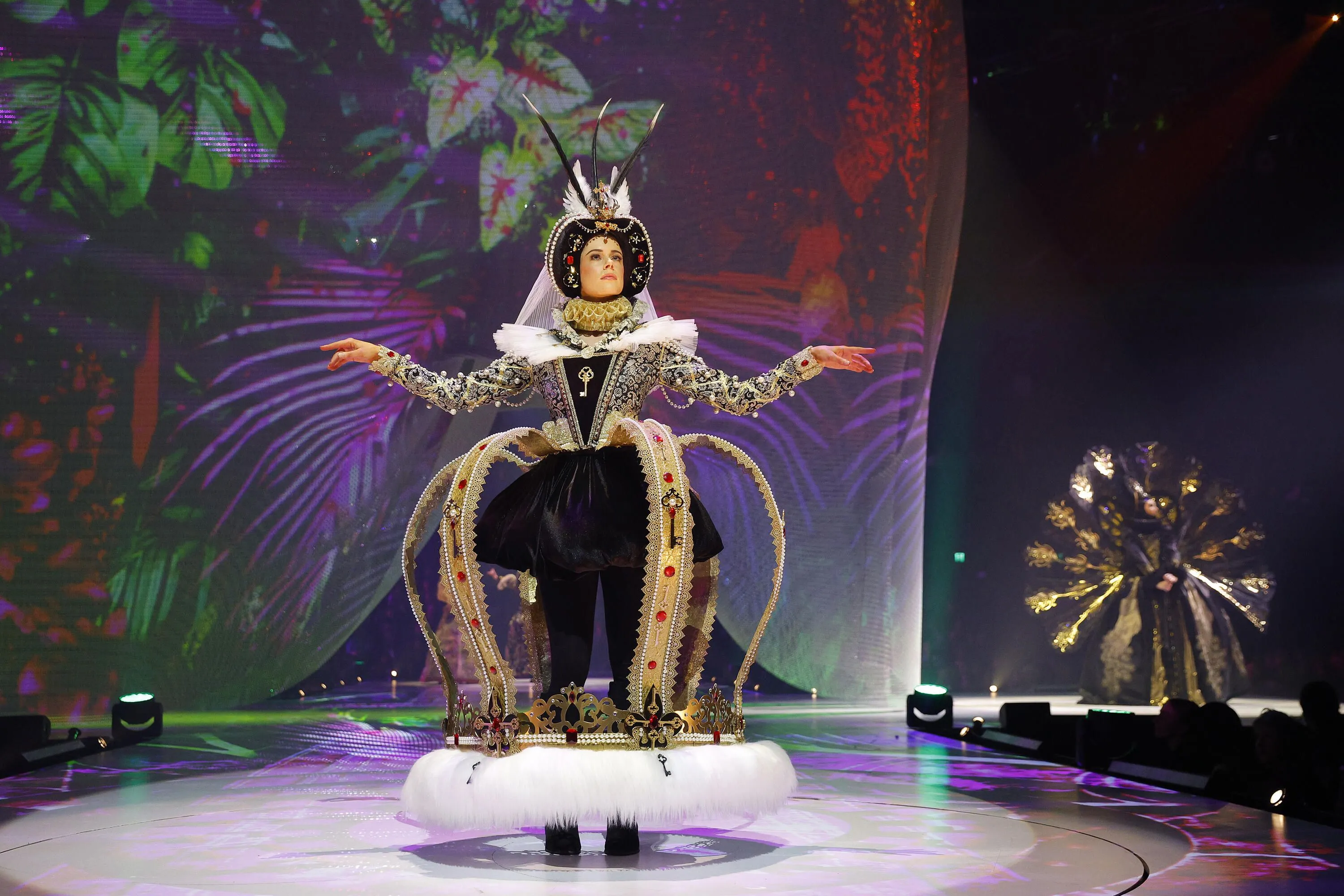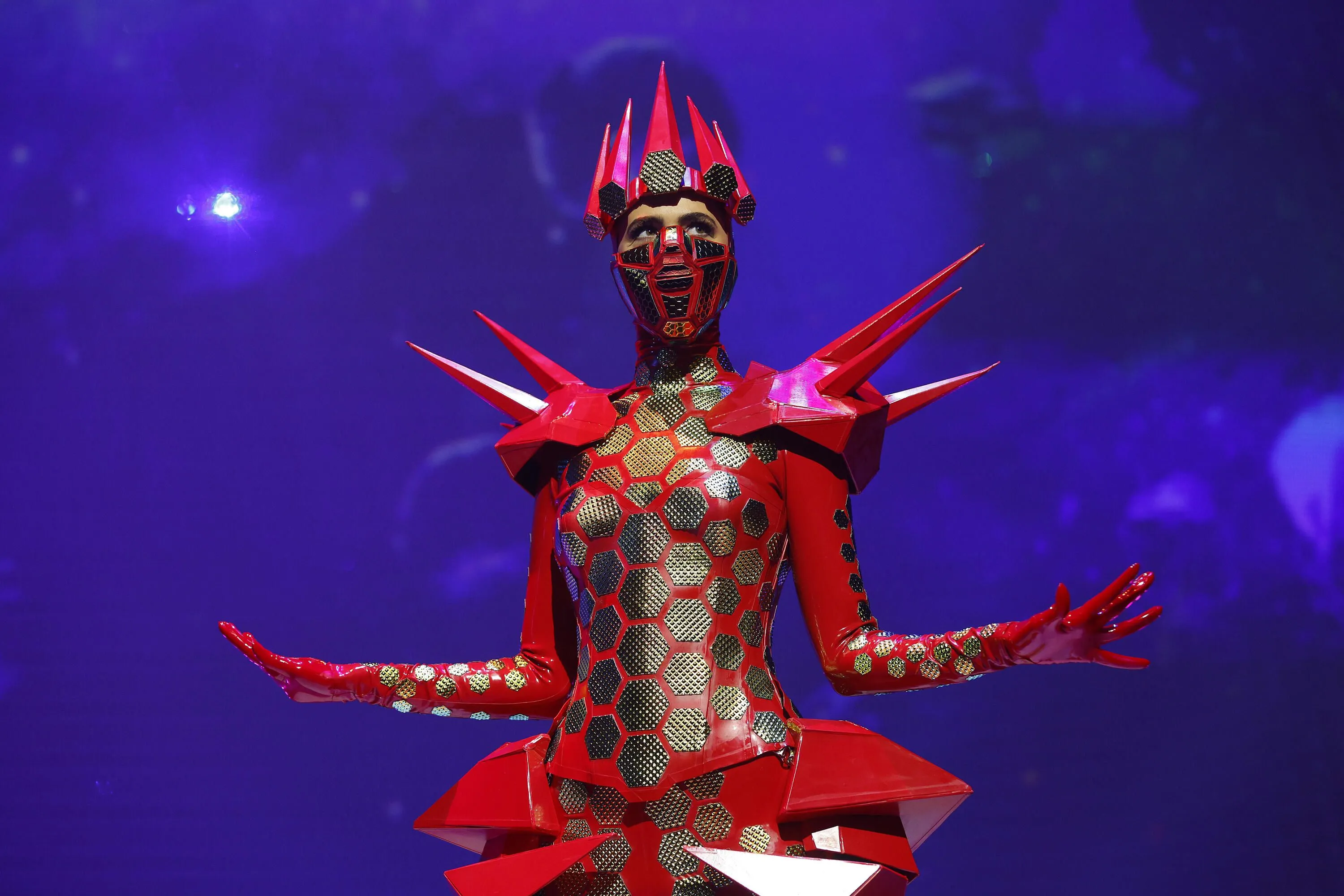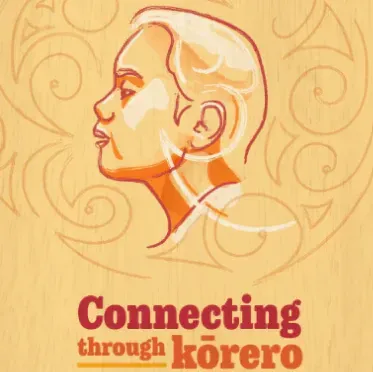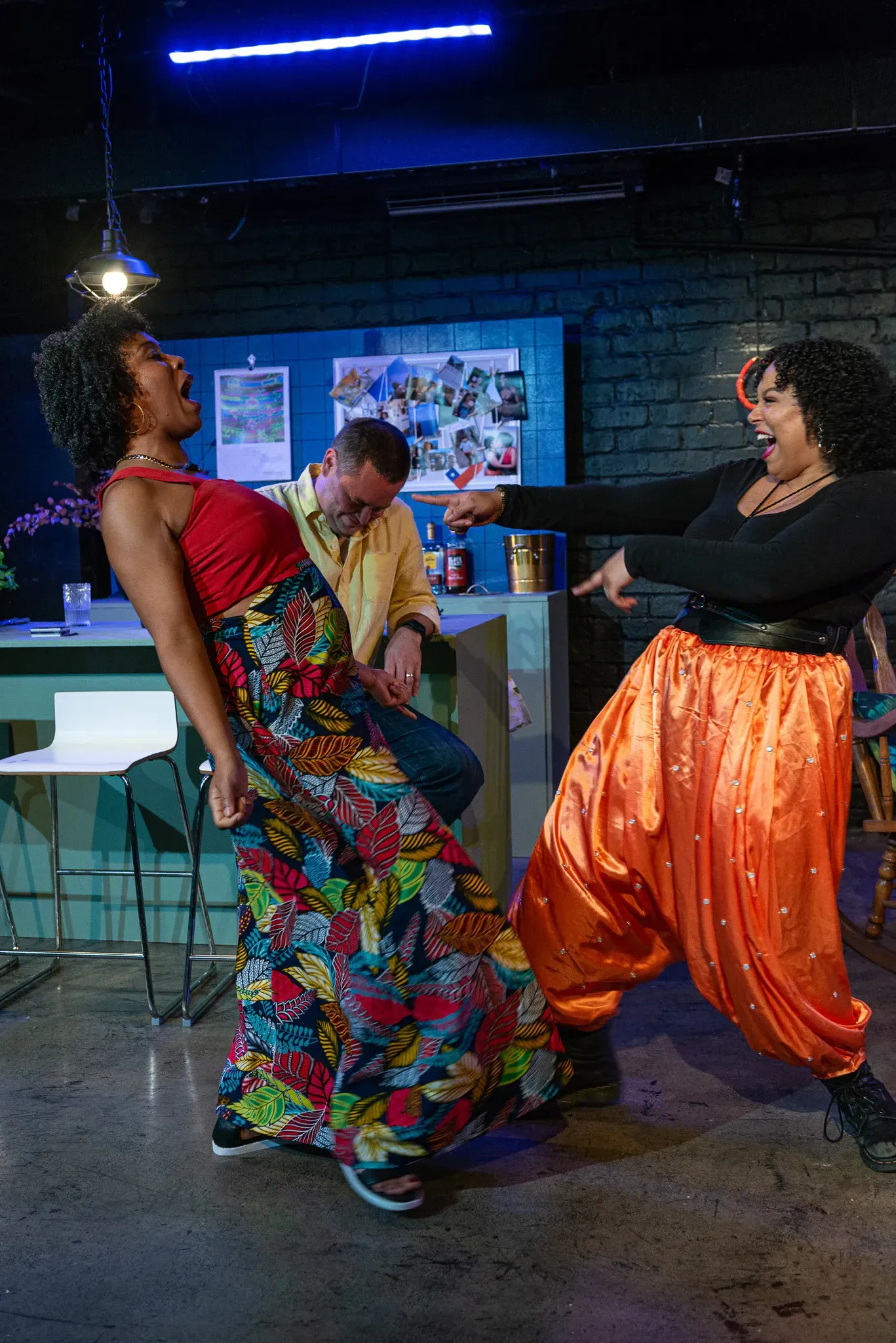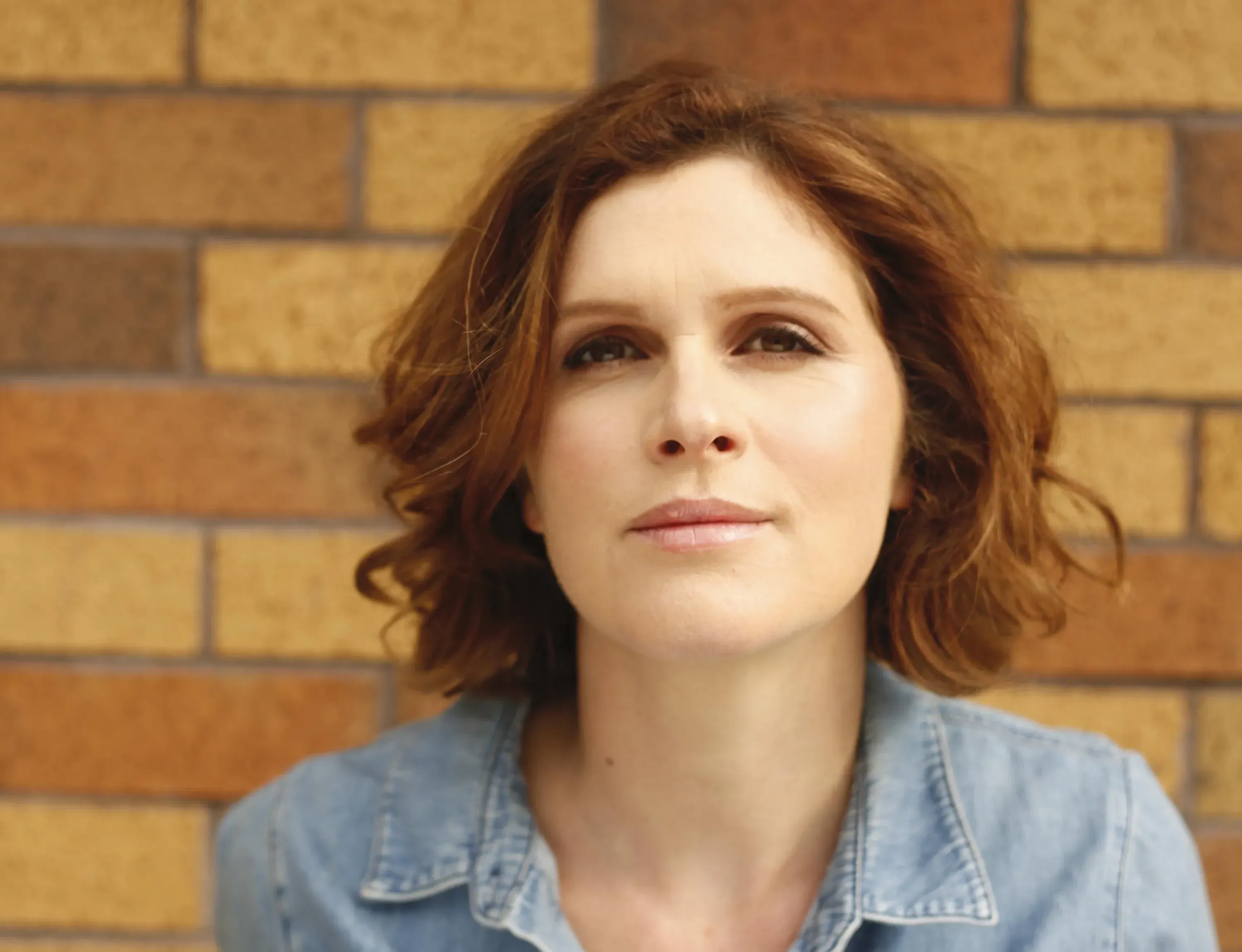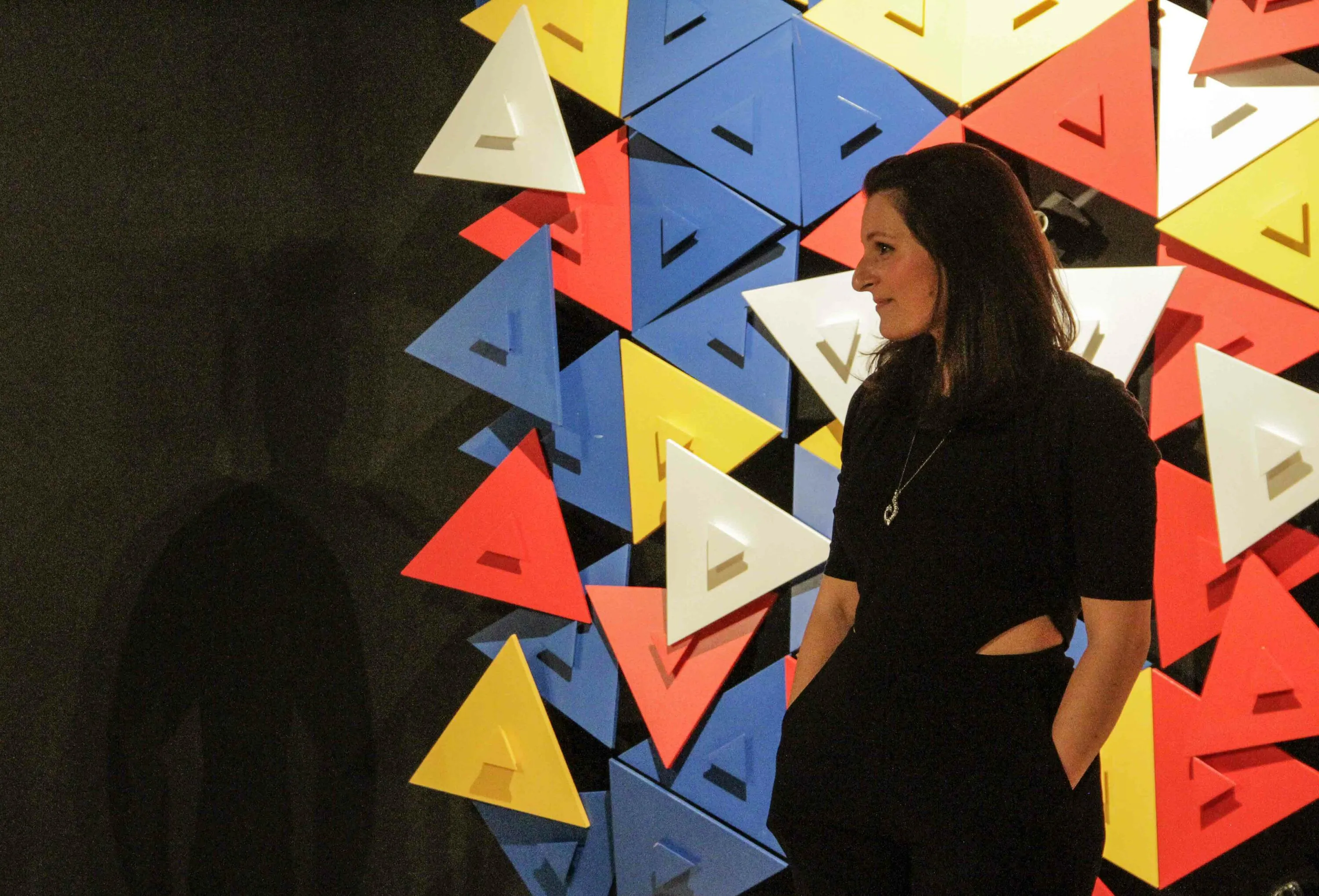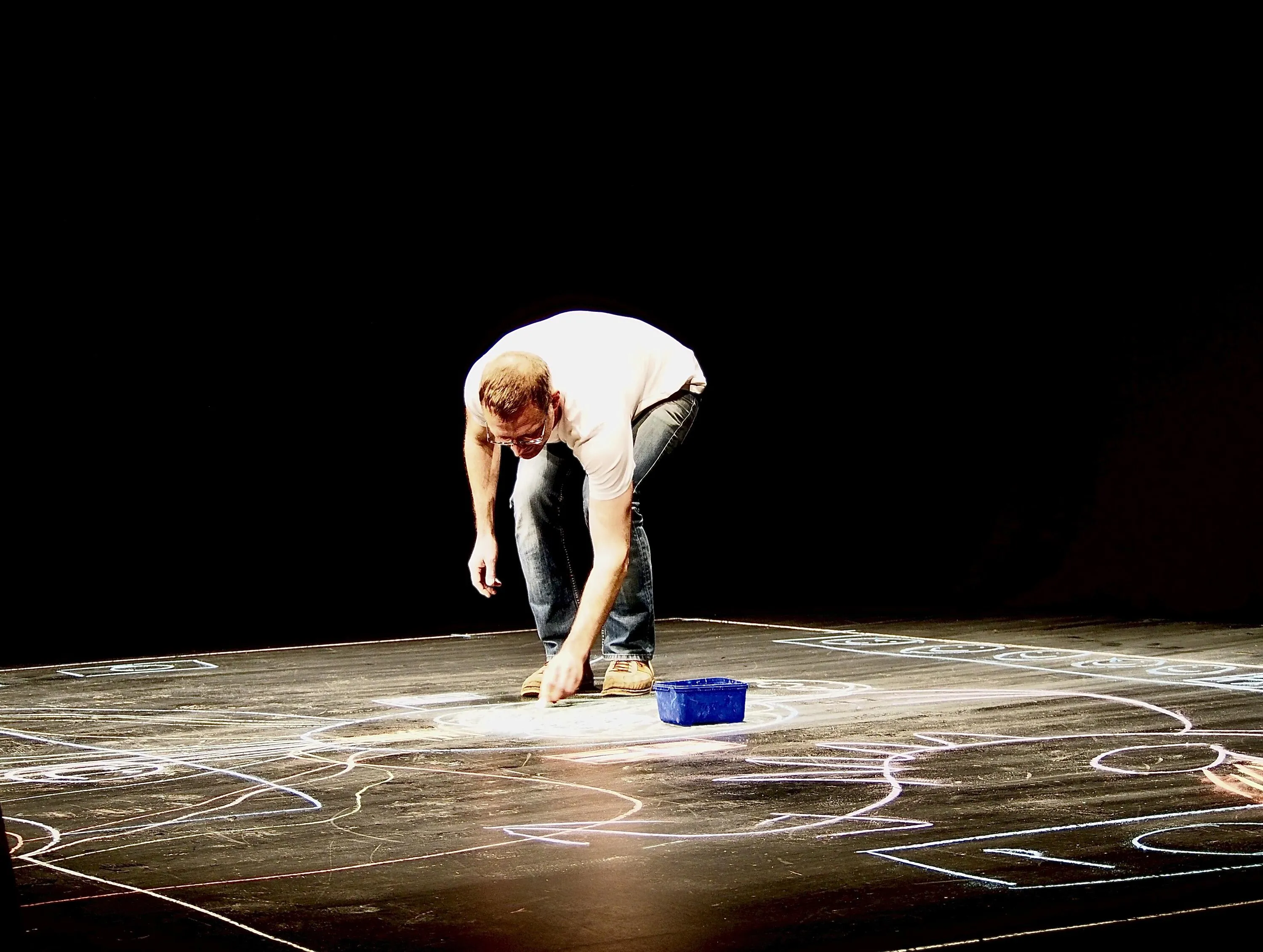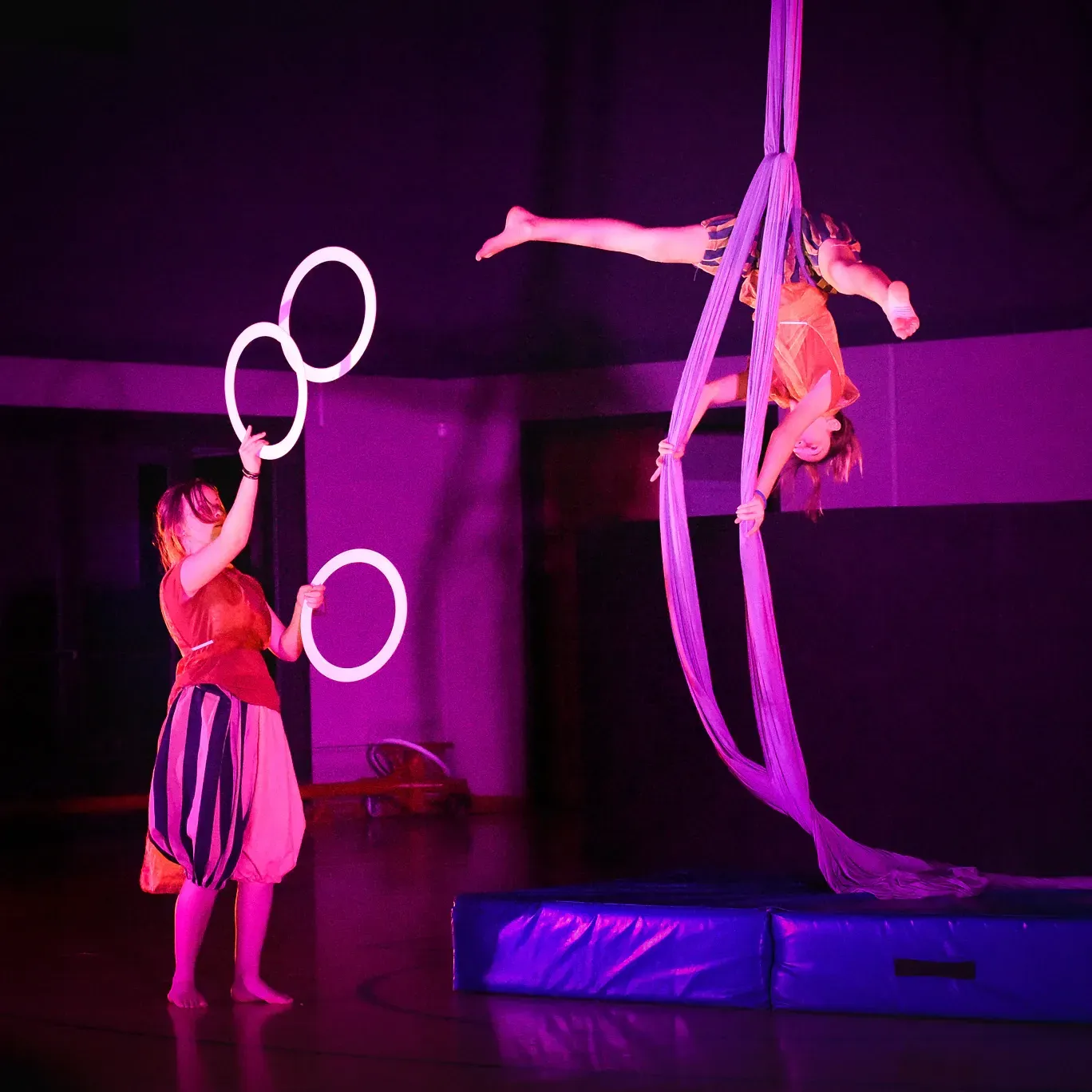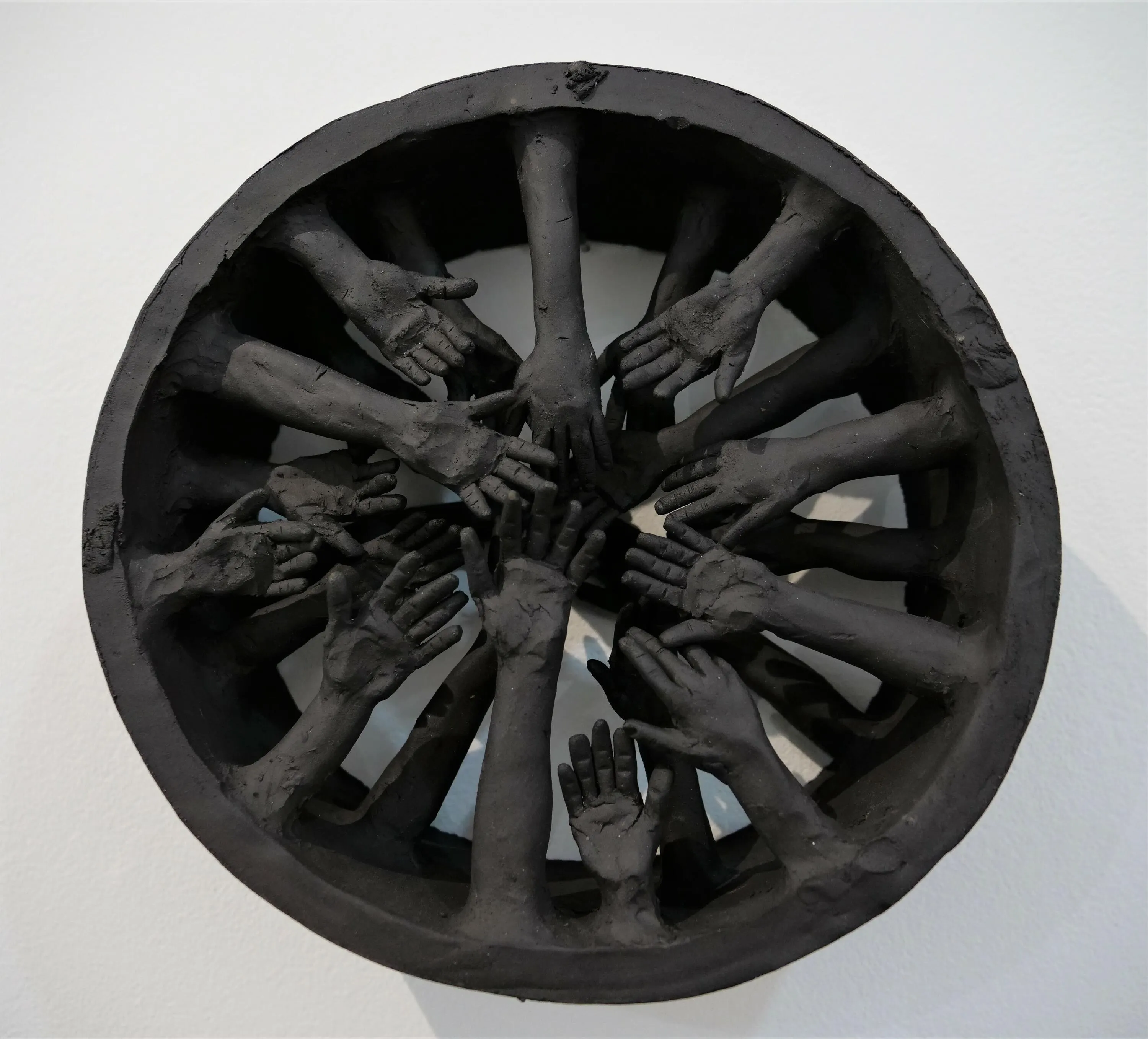Big Event Returns, Big Issues Remain
Written by
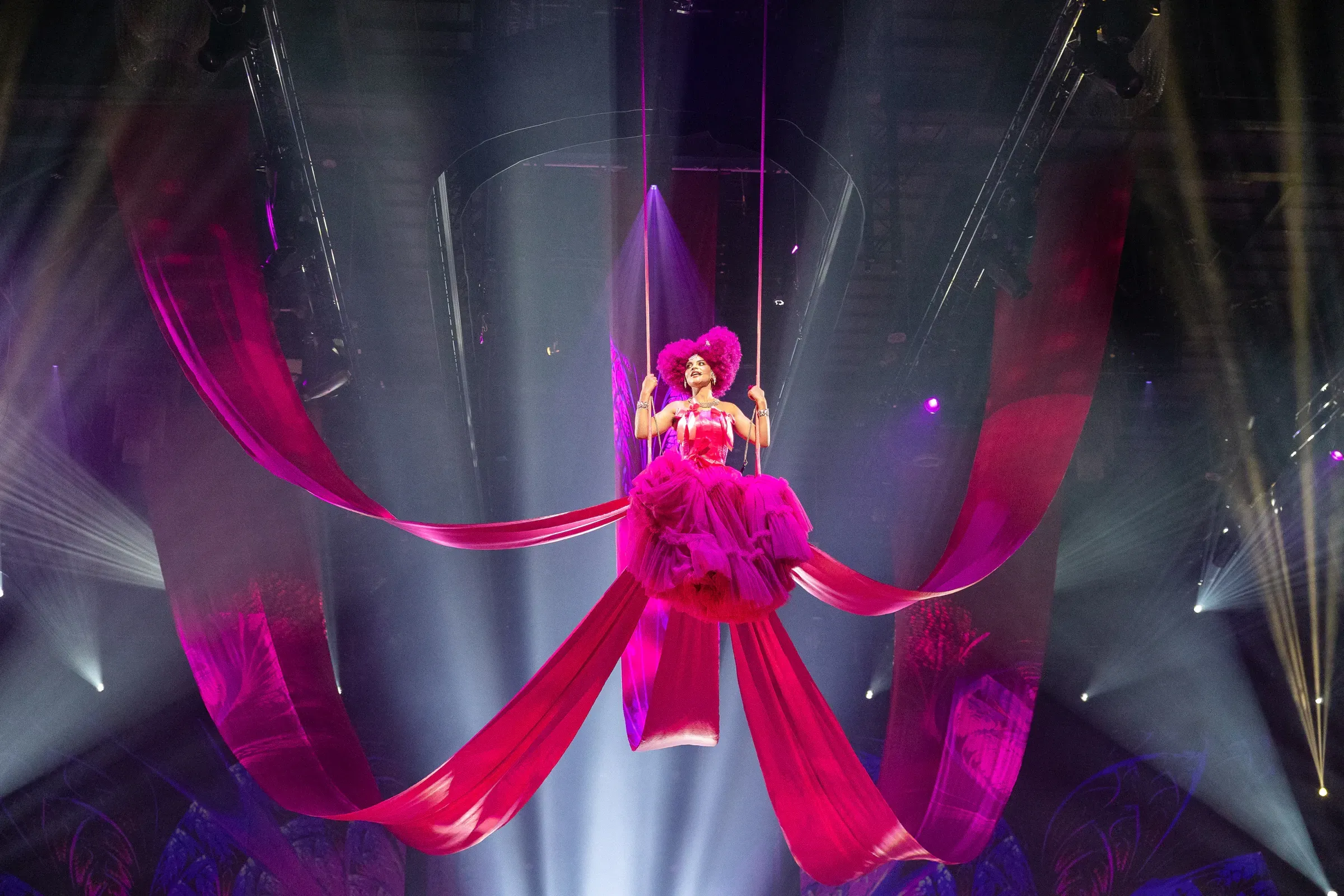
After a hiatus of the most unwanted kind - the World of WearableArt will once again bring a bit of glam - well, probably a whole lot of it - and a much-needed boost to the creative sector this week.
Wellington’s Queen’s Wharf has become the temporary creative capital of the country this week as WOW hits its 35th year.
There’s no question that there is money poured into this event that most creatives could only dream of - including the underwriting from Wellington City Council that has kept it afloat while others have sunk.
But it’s seen not only as a cultural investment, but a financial one as well.
After the size and scope sadly outgrew its Nelson beginnings 17 years ago, it’s become a lucrative feature in the capital.
This year alone, around 60,000 people are expected to experience WOW - including an estimated 35,000 travelling from outside the region - with the economic benefit to Wellington stated to be nearly $28 million and the event itself employing over 300 staff. It’s not just art - it’s big business.
But none of that money is made without the talent of the garment creators on show. After years of painstaking work and a desire to push their own creative envelope, as well as the heartbreak of pandemic cancellation, this is their long overdue moment in the spotlight.
Those who were cruelly denied the opportunity to show their work after being made 2021 finalists were rolled over to be the 2022 finalists - and no doubt, right now, it will feel worth the wait.
There are 88 finalist entries, comprising of 103 designers from 20 countries and regions. More than half of the finalists (55%) are Aotearoa based creatives.

Habitant, Luiz Fernando Sereno Penna (NZ). Photo: Getty Images.
Kelly Kim Harrouk told The Lowdown “it’s pretty amazing to finally be here because when I started creating my entry, I didn’t anticipate it would make it through. It was a creative opportunity for me, rather than a goal to become a finalist!
“I’ve been working for a costume company for a few years but it was the first time I’d created my own garment, independently and from scratch in New Zealand - I come from France, and have been here since 2017.
“I am hoping to work in the film industry, so this has been an amazing experience for me in that regard and may hopefully open a few doors. I’m really excited to meet all the other designers too.”
Another locally based finalist Oliver Cain expressed his excitement to The Lowdown. “After all the disruptions, it’s been a long time since I packaged it up and sent it off.
“I’m super excited to experience my own and other people’s creations and hard work, and hear their stories.”
Today is Designers Day, with special events for all those recognised as finalists ahead of opening night.

Secrets of the Virgin Queen, Edyta Jermacz (Poland). Photo: Getty Images.
The full noise comes on Friday (30 September) with the Awards Night and show - a spectacle that traditionally leaves quite the impression and displays so many facets of what our creative sector has to offer.
COVID has blunted the event for the past three years, so you can expect show director Malia Johnson to ensure it comes back with bang.

Pearl Academy, Jayati Saraf Neoru (India). Photo: Getty Images.
The 100 minute extravaganza won’t just be the chance to soak in the amazing garments in full flight, but an incredible creative outlet for a swag of local performers who will take to the stage, from Ngāti Pōneke’s kapa haka performers opening the show to featured artists Sharn Te Pou and Estere.
Those who have seen sneak peaks of the show told The Lowdown it won’t disappoint the high standards expected of WOW, with Eden Mulholland’s musical backdrop described as “banging” and the audio visual work from Belgium’s Drop The Spoon are “insane.”
Even those whose work is on display remain in the dark - part of the thrill for many creatives.

Royal Emissary, Dawn Mostow and Ben Gould (USA). Photo: Getty Images.
Cain states “The nerves are pretty good (about awards night). I don’t know how the dress is going to be shown or anything about the show, so I can’t wait to see what they do with it.”
Over $185,00 worth of awards will be dished out in six categories - the regular features of Aotearoa, Avant-Garde and Open, with this year’s (well, last year’s really, but you get the drift) rotating annual themes of Monochromatic, Architecture and Elizabethan Era.

Monarch-Key, Jackie Butterworth (NZ). Photo: Getty Images.
And the champagne corks won’t even have finished popping before eyes are cast forward to next year - with the competition cycle for 2023 entries opening from 1 October.
The three new categories will be Gold, Bizarre Bra and Mars & Beyond - so sci-fi and sustainability creatives rejoice!
When the money dries up

Quarry ceramics awards and exhibition at Whangārei Fringe. Photo: Supplied.
As mentioned, the money involved in WOW is enough to make countless creative eyes water - especially given the hottest topic in the creative community right now remains funding (or lack thereof).
The Screen sector is raising plenty of questions regarding the government decisions to essentially remove $84,8 million of funding for local content producers and hand it directly to the new RNZ and TVNZ merged entity - described in detail here.
Last week’s raw and honest response from those in the arts sector who have become unwilling victims of Creative New Zealand’s limited funds and decisions has sparked an important discussion, with many of those impacted - and those willing to support them - opening lines of dialogue.
The Lowdown understands a cohort of theatre independents that have been affected have met and shared impacts – with the hope to speak with a combined voice.
Nightsong themselves have met with CNZ – where it was confirmed to them that there is no additional money in the upcoming arts grants - the results of that sure to be equally, if not more problematic.
To underline the importance of this conversation, here on The Big Idea Lynda Chanwai-Earle has given insight into the trickle down effect that could not just remove some experienced and proven names from the performing arts sector but shut the door at grass roots level with many Fringe Festivals - including Dunedin’s and the Wellington-based New Zealand Fringe now unsure how they will go ahead in 2023.
Whangārei Fringe is far less established than those entities - and felt the brutal cold shoulder of the pandemic last year when it was forced to postpone a week out from launch, then eventually canel. When resources are as thin as they are for this fledgling Far North creative entity, this could have been a hammer blow.
But they’ve found a way to continue, and are underway with their 2022 Festival tomorrow (30 September - 16 October). Committed to celebrating the weird, the 124 arts events set to be staged are up from the 90 events at the 2020 debut festival. Importantly, half of the 2022 offerings are by Te Tai Tokerau creatives.

Circus Workshops at Whangārei Fringe. Photo: Supplied.
Whangārei Fringe co-founder and producer Laurel Devenie told The Lowdown “we just got through like everybody else. I feel really positive, and I feel completely burnt out - all of us feel like this.
“It’s uncomfortable to be making the festival on a budget that we’ve already dipped into in 2021, and needing to make that money stretch. There was also a level of fatigue because we’d done so much upfront work for the 2021 one, where we didn’t get any payoff and then had to do it all over again.
“But we’re about to launch and I suddenly feel that it’s happening, so it’s starting to feel like a big payoff at last. I’m really excited about what is happening here."

As for how the local community has reacted to the event, Devenie (above) states “people really value the festival, because it’s not competing with anything. It’s filling a space, it’s a gap we have here, and so people are grateful for it.
“There was a real overwhelming disappointment from people last year when it didn’t happen, and a deflated feeling. So people have jumped back on board to go, ‘Let’s make this happen.’

Anders Falstie-Jensen in Back to Square One? Photo: Supplied.
“On one hand, we’re getting more support from local businesses and council and lots of volunteers and friends, because they now see what Fringe is and how it can create an exciting buzz around the city.
“On the other hand, we’re having to put a lot of effort into creating venues and infrastructure that doesn’t exist here year-round like it does in larger cities, and that incurs some hefty costs. When you’re doing something like this in a regional space, it’s different from an urban space.
“So that’s one of our focuses: creating the venues, creating the audiences, creating the culture, educating people.”
That support helps, but it doesn’t disguise the struggle for artists.
Devenie agrees “we have noticed the theatre element is still recovering. There were some really strong theatre pieces in our 2021 programme that haven’t made it through, because it’s not quite the same as music and comedy in terms of keeping the show alive over that lockdown period. Theatre is the one that will take the longest. We can feel that bruise.”
And the best intentions still can’t stop the fact that getting punters back through the doors after years of being gun-shy isn’t easy.
“People are really excited but booking is still tentative, that’s the scary thing. The culture of booking, which was already very tentative and laissez-faire here, has got even more so.”
One of the festival’s locally based performers, Maggie Cocco is all too familiar with this.

The American-born musician, composer and educator is again staging her self-titled Maggie Cocco’s Science for Sociopaths (above) - an award-winning interactive art pop project for musicians, artists, and audience featuring a song cycle that explores themes of interpersonal and systemic abuse and resilience.
Cocco told The Lowdown “I'm a creative and expat who has been in New Zealand since COVID without access to funding assistance due to my visa status. I've managed to stay afloat through COVID as an independent artist, and even with my many privileges – cis, white, married, American – my entire system of self-funding has had to adapt to my circumstances.
“I’ve moved from your typical set pricing for goods and services to Pay What You Can. This empowers me to recommend what I’m worth – and why – without punishing members of the community who would most benefit from my services but, like many of us, don’t have cashflow.
“If I want to work with someone for reasons other than money, I do so without devaluing myself and my work.”
“Part of making this funding model work has been arts advocacy. Arts advocacy in this context involves educating the greater public in the ways that they are already invested in and reliant upon the arts - thus increasing the cultural capital of the arts as a sector - and emphasising that the arts is an ecosystem in which any and all support helps, while any undercutting damages.
“It requires no more work than rubbing elbows with sector gatekeepers and angling for government funding, but it is admittedly limited as a solo or even community effort.
“The biggest downside, by my estimation, is that the model is not scalable or portable unless I am performing in a place where cultural capital already exists. While I continue to collaborate with many artists across New Zealand and love it, the increase in cost that scaling or travelling generates almost always comes at a personal income loss.
“While I’ve found my way around limitations affecting me and the sector for now, it mightn’t be sustainable long term and it isn’t for everybody.
“I expect little and am forever trying to manage and move with the flow.
"Increasing interest in my model from New Zealand-based artists and artists abroad tells me that the systems upon which artists have formerly relied have become increasingly less reliable, and artists are looking for alternatives.”
The people have spoken
Being heard by the sector’s powerbrokers isn’t always easy - but it’s clear that the creative community is happy to take what chances it can get.
Manatū Taonga Ministry for Culture and Heritage (MCH) has released details to The Lowdown on the volume of public feedback for the first round applicants to the $28 million Cultural Sector Regeneration Fund.
The window closed at midnight on Monday, and in the two weeks it was open, MCH received 2229 responses from the public - with the most responses for a single proposal being 237.
That info is now being analysed, with the first round decision expected around late October.
For those 600 odd initiatives that have already lodged Expressions of Interest, to be in the running for the second of four rounds of funding, full proposals are due by 18 October.
Those who are unsuccessful from the current first round will all be eligible to apply for the remaining three rounds.
Manatū Taonga has also this week opened the $300,000 Commemorating Waitangi Day Fund.
It’s another contestable process, but this time about supporting community groups, tangata whenua and local councils to put on events which celebrate the past and future of Te Tiriti across the motu come Waitangi Day 2023.
"Whether it is for a dawn service, a hīkoi, or a community picnic, we want to empower communities to come together to celebrate this important part of our national identity, and to recommit to its place in the future of Aotearoa," says MCH deputy Chief Executive Glenis Philip-Barbara (Ngāti Uepōhatu, Ngāti Porou) states.
Applications for the fund close 26 October.
Feeding the soul

Performance of Po' Boys and Oysters. Photo: Michael Lo.
In these challenging times, it’s encouraging to see creative companies breaking new ground - and ground that’s not been the easiest to break at that.
After two two years in the making and two COVID postponements, Black Creatives Aotearoa (BCA) have finally be able to make their first foray into the theatre world, this weekend premiering Po’ Boys and Oysters, which was nominated for an Adam Playwriting Award last year.
The production, staged at Tāmaki Makaurau’s Basement Theatre opened on Tuesday and runs until 8 October.
BCA have been an active and vocal avocate for People of Colour in the creative sector, and there’s a clear, pronounced sense of pride in fielding an all PoC crew - majority of which identify as black and queer - in a show that centres around three black women.
Caribbean-born Estelle Chout stars in and wrote the play that deals with family dynamics, a clash of class, politics and cultures and the challenges for a same sex black couple yearning to adopt a child.
“I rarely see someone like myself – a proud Black queer mother - represented on the stage. I wrote Po’ Boys and Oysters to give these characters a voice and provide a platform to a group that have rarely been seen or represented in our theatre.”
BCA’s passionate founder Dione Joseph directs the play, and told The Lowdown that opening night was “awesome!”
She adds “this show is a testament to the transformational power of telling our stories and on our terms - no matter the many challenges that arise along the way.”
Just like WOW and those able to back up for Whangārei Fringe, their dreams of debuting this work last year were scuppered. But that makes the sense of achievement they feel now all the more sweeter.
You are not alone

This fits into the last - but certainly not least category.
A lot of stories told in this Lowdown, throughout The Big Idea and the creative community in general, display that many are still doing it tough. That seems unlikely to change any time soon.
Tales of despair are often revitalised as stories of hope, positive, tenacity and perseverance. And where there are problems that seem insurmountable, there are always people prepared to help, support or look for solutions.
Anyone who tells you it’s easy is either lying or they’re living a charmed existence (tell me their secret).
This is Mental Health Awareness Week - and it can be a catalyst for some to ask the right questions of themselves and others. It’s not just your own mental health it pays to be aware of.
Every time is the right time to prioritise hauora - your wellbeing. If you are struggling, you do not need to do it alone. Don’t presume because your colleague, collaborator or friend has a smile on their face that they don’t need a check-in too.
You can be a CEO or an emerging artist, - anyone can be affected and anyone can help make a difference.
The creative community is filled with wonderful people who want those around them to succeed. Be prepared to reach out and talk through any problems.
Organisations like MusicHelps do incredible work, Creative New Zealand have a wellbeing series you can turn to and of course, The Mental Health Foundation has so many important pieces of information, guides and details to offer you support, including a guide on how to tell your lived experience safely.
Resilience is a word you hear so often in the sector right now, it can sometimes lose its definition. Resilience doesn’t have to mean you are already resilient - it can mean that you’re striving to be.
Kia kaha.
Need to talk? Free call or text 1737 any time for support from a trained counsellor
Lifeline – 0800 543 354 (0800 LIFELINE) or free text 4357 (HELP)
Suicide Crisis Helpline – 0508 828 865 (0508 TAUTOKO)
Youthline – 0800 376 633, free text 234 or email talk@youthline.co.nz or online chat
